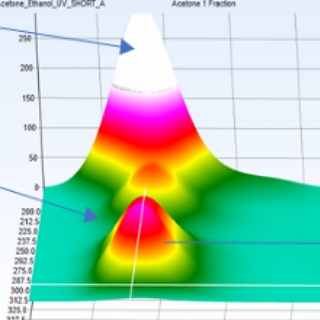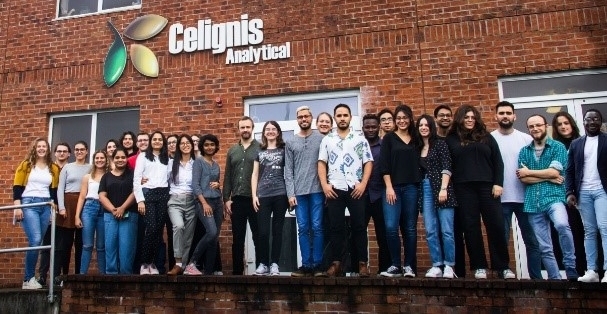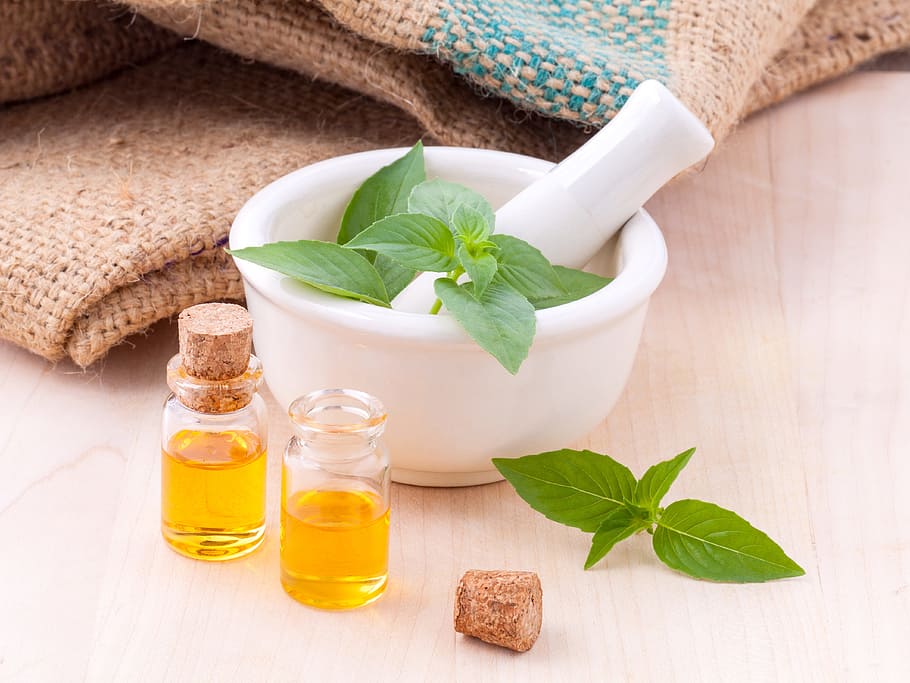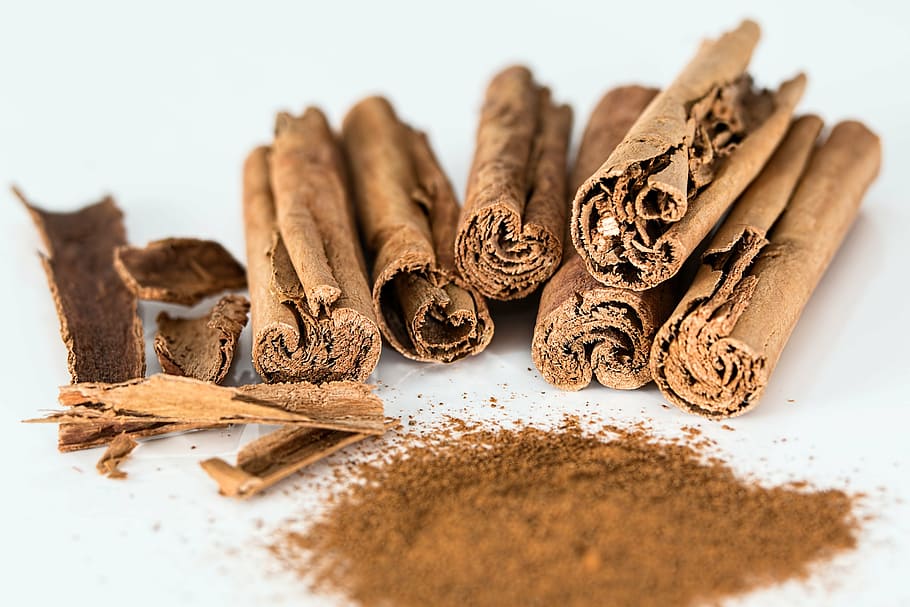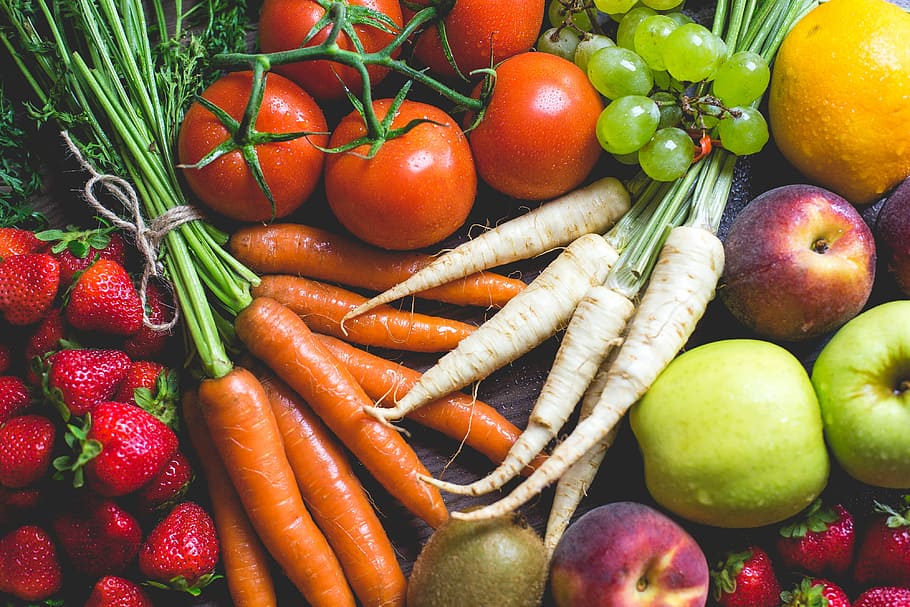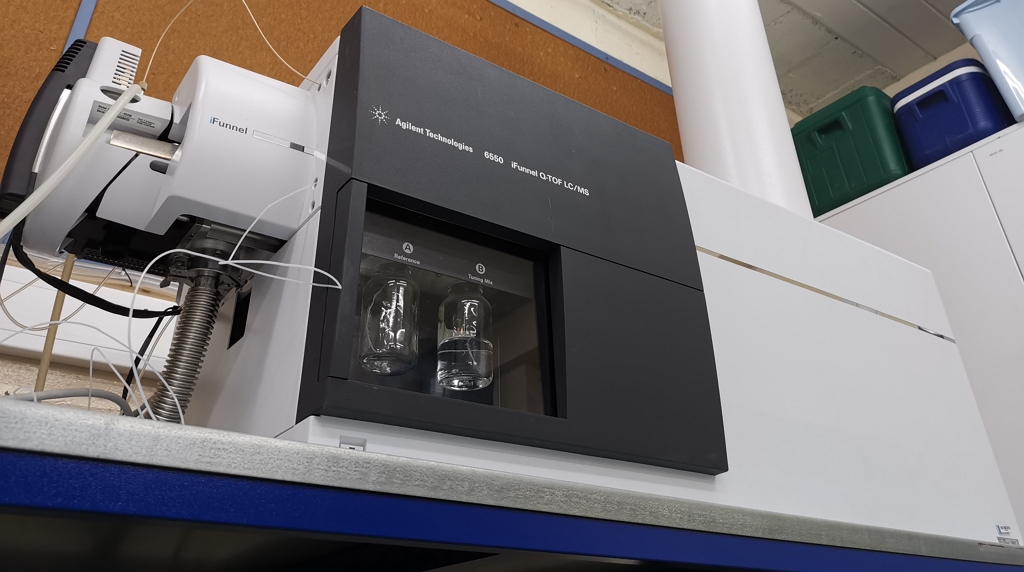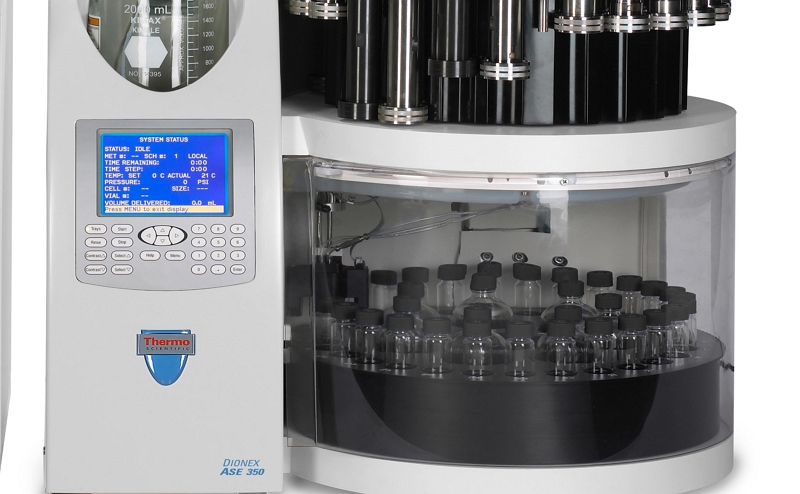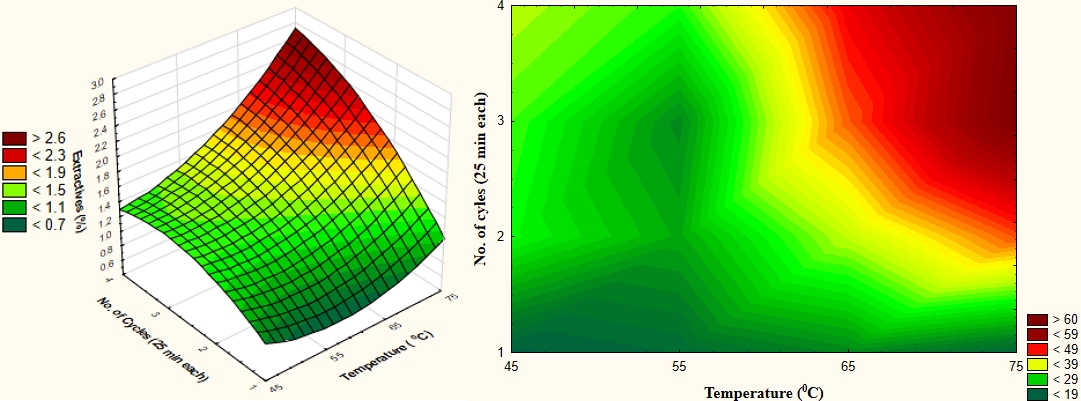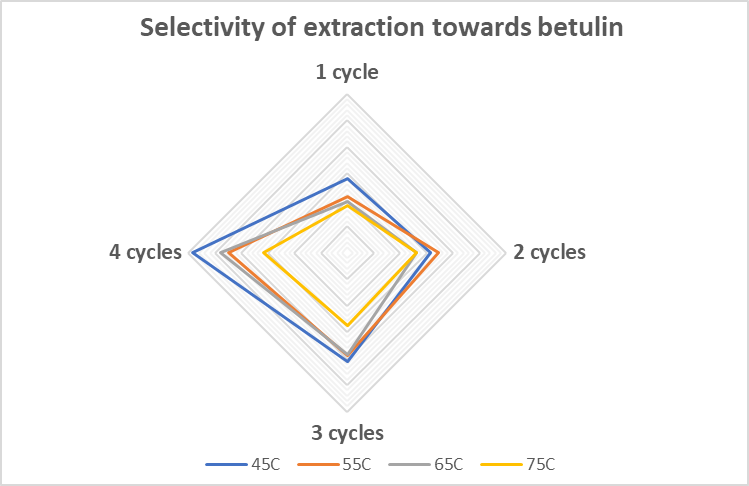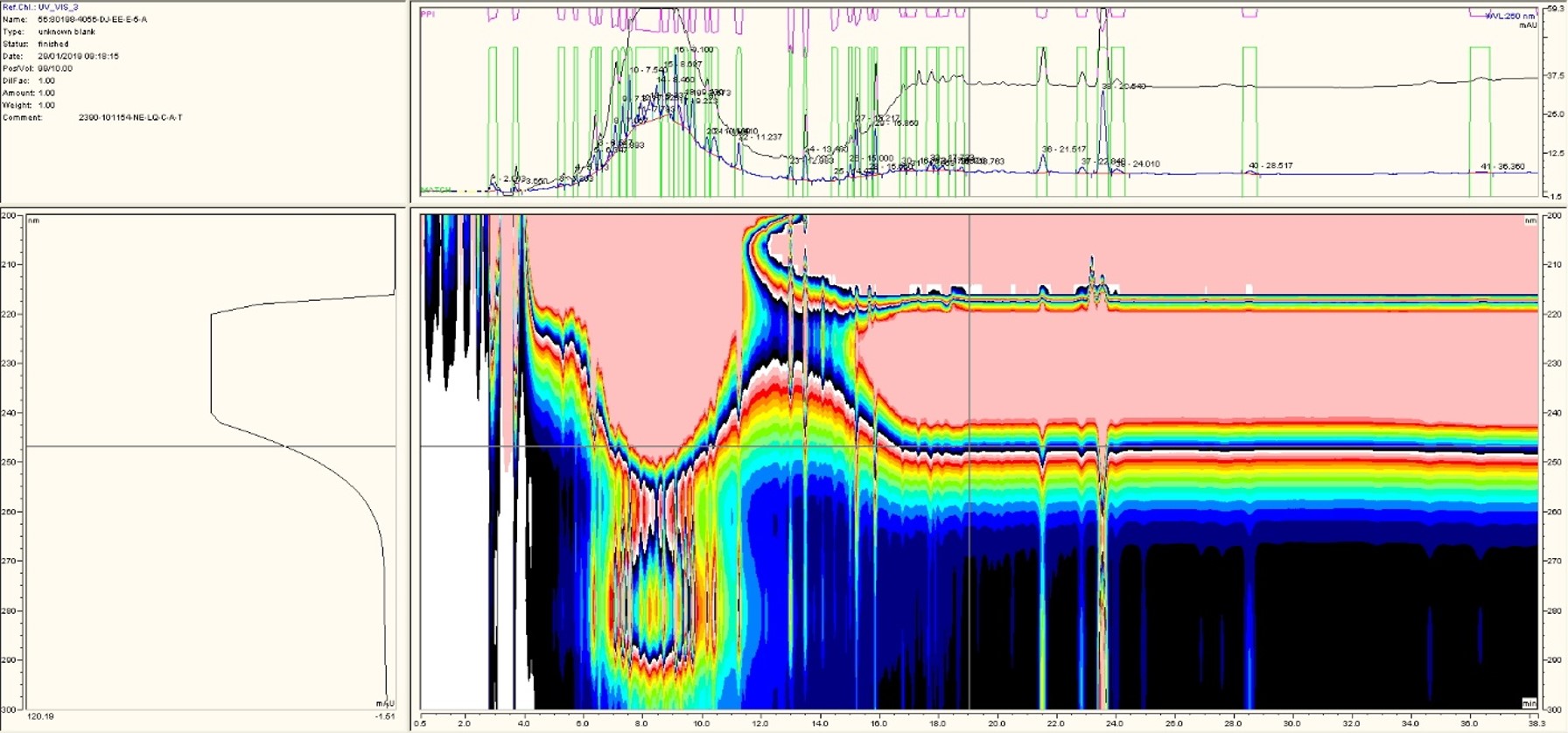Processes for the Extraction of Bioactives from Flowers
Background
Many bioactives and other high-value plant constituents can be considered to be a part of the biomass extractives, which are defined as extraneous components that may be separated from the insoluble cell wall material by their solubility in water or neutral organic solvents.
Click here to learn more about the ways in which bioprocesses can be developed to efficiently and sustainably extract these extractives from biomass, with particular selectivity towards the bioactives and chemicals of interest.
Get more info...Extraction Processes
Bioactives in Flowers
All the three pigments are known for their bioactive properties such as anti-microbial, anti-oxidant, anti-allergic and anti-cancer.
Flowers are also rich source of other bioactive components such as resins and sterols.
Further Info on Classes of Bioactives in Flowers
Examples of some flowers where resins are found are listed below:
- Poppy - Some poppy species produce a latex that is rich in alkaloids, which can be considered a form of resin. The most famous is the opium poppy (Papaver somniferum), whose latex contains morphine, codeine, and other alkaloids used in medicine.
- Dahlia - Some species and cultivars of dahlia produce a resin in their flowers that has been used in traditional medicine.
- Marigold - Marigold flowers contain resinous substances that have been used in traditional medicine for their antimicrobial and anti-inflammatory properties.
- Sunflower - Sunflower capitula (the part of the flower where the seeds develop) contain a resin that has been used in traditional medicine.
- Asteraceae Family - Many plants in the Asteraceae family produce a resinous substance in their flowers and other tissues. Some of these resins have been used in traditional medicine or as bases for fragrances.
Get more info...Resins
Examples of some carotenoids found in flowers are listed below:
- Beta-Carotene - The most common type of carotenoid, it is often found in bright orange flowers. For example, marigolds (Tagetes spp.) are a common flower that contains high amounts of beta-carotene. Beta-carotene is a precursor to Vitamin A and acts as an antioxidant in the body.
- Lycopene - This carotenoid produces a red colour and is most commonly found in tomatoes, but it is also present in some flowers, like certain species of roses. Lycopene has been linked to heart health and cancer prevention.
- Lutein and Zeaxanthin - These carotenoids are typically found together and contribute to yellow pigmentation. They are commonly found in flowers like calendula (Calendula officinalis). Both lutein and zeaxanthin are known for their antioxidant properties and their role in eye health.
- Astaxanthin - This carotenoid produces a reddish pigment and, while typically found in algae and aquatic animals that eat these algae, it may also be found in certain flowers. Astaxanthin has powerful antioxidant properties and is known for its potential benefits to skin health and inflammation reduction.
- Violaxanthin - This is a yellow pigment found in a variety of flowers, including pansies (Viola spp.) and some daisies (Bellis perennis). Like other carotenoids, violaxanthin has antioxidant properties.
- Capsanthin - This is a red pigment found in the flowers of certain pepper plants (Capsicum annuum).
Get more info...Carotenoids
Examples of some betalains found in flowers are listed below:
- Amaranthin - This is a betacyanin that is found in the vibrant flowers of certain Amaranthus species.
- Betanin - This betacyanin is found in the petals of some species of ice plant (Delosperma).
- Vulgaxanthin - This is a betaxanthin found in the flowers of Mirabilis jalapa.
- Miraxanthiun - Another betaxanthin that can be found in flowers.
Get more info...Betalains
Examples of some flowers containing anthocyanins are listed below:
- Roses - Many varieties of roses contain anthocyanins, giving them colours ranging from pink to deep red and purple..
- Pansies - These flowers exhibit a wide variety of colours due to anthocyanins, including many shades of purple and blue.
- Petunias - The purple and blue hues of many petunias are a result of anthocyanins.
- Hydrangeas - In some varieties of hydrangeas, the colour of the flowers can be changed by adjusting the pH level of the soil, which in turn affects the colour of the anthocyanins.
- Tulips - Some tulips have deep purple, pink, or red hues due to the presence of anthocyanins.
- Delphiniums - The stunning blue colour of delphiniums is due to anthocyanins.
Get more info...Anthocyanins
Examples of some flavonoids, other than anthocyanins (described above), in flowers are listed below:
- Flavones - Flavones are less colorful than anthocyanins, but they are crucial to the plant's interaction with the environment. They help in regulating cellular activity and fighting off microbial infections. They also contribute to the subtle coloration of white or pale yellow flowers.
- Flavonols - In flowers, flavonols can influence petal color, particularly in enhancing the colors produced by other pigments. For instance, they can modify the color of anthocyanin pigments from a true blue to a more purplish-blue.
- Chalcones and Aurones - These flavonoids provide the bright yellow colors found in many flowers such as sunflowers, and daisies.
Get more info...Flavonoids
Analysis of Bioactives in Flowers
Feel free to click on the links above to see more information on our methods of analysis for the different classes of bioactives or get in touch with us to request further information and a quotation.
Request a QuoteBioactives Analysis
Bioactives According to Other Plant Fractions
Get more info...Herbal Leaf Extracts
Get more info...Bark Extracts
Get more info...Root Extracts
Get more info...Fruit & Veg Extracts
Get more info...Seed Extracts
Identification of High-Value Chemicals
For identification, we firstly get a crude extract from the feedstock, obtained via various approaches, including pressurised liquid extraction. This extract is then profiled using our top-range QTOF-LC/MS system (Agilent iFunnel 6550), which can identify constituents to the femtogram-level, and the spectra and chromatograms reviewed by Sajna, our Bioanalysis Developer. If necessary, we can collect the relevant fractions from the LC system and confirm the identification using a number of different chemical and spectroscopic techniques. We then determine which constituents warrant extraction.Develop an Optimised Extraction Protocol
Based on the identified chemical(s) of interest, we can then work on optimising a targeted extraction method. This method considers not only the yield of the target compound(s) but also the chemical and energy costs of the process and the implications for the downstream processing and valorisation of the solid residue. We consider a range of different extraction technologies, solvents, and process conditions.Typically, we first optimise the extraction at lab-scale conditions and then validate the chosen set of conditions at an nehanced scale (i.e. a higher technology readiness level (TRL)).
Separation and Purification of Target Chemical(s)
We can work on a process for the separation and purification of the targeted high value extractive compounds, while considering commercial viability and environmental aspects such as solvent and energy consumption. Based on the particular bioactive compound of interest and the composition of the liquid extract, we can employ a variety of different techniques for separation and purification.Application Testing of Extract or Separated Components
We can test the extract, or the separated compounds of interest, for a variety of different applications. The tests are custom-designed based on the extracted compound. For low molecular weight biomolecules (non food and feed), bioactivity tests, anti-microbial tests, UV absorbance properties, surface activities, and emulsion forming abilities can be tested. For the food and feed related extract fractions, such as proteins and carbohydrate polymers, nutritional properties, anti-nutritional compounds, emulsification, gelation, foaming (together with bioactive properties, in vitro digestibility etc.) are tested.Technoeconomic Analysis of the Process
The Celignis team, including Oscar our chief TEA expert, can undertake a detailed technoeconomic analysis of the developed process. We apply accurate and realistic costing models to determine the CAPEX and OPEX of simulated and pilot scale processes which are then used to determine key economic indicators such as IRR, NPV and payback periods.Our sensitivity analyses can assess the effect of variable costs and revenues, a particularly important aspect to consider given that the sale prices for some bioactive compounds can vary significantly according to their purity and market conditions.
Our preferred approach is to include TEA studies at each stage of the development of the extraction bioprocess, so that the process can be optimised in a commercially-relevant way, followed by a more detailed TEA after the process has been optimised and tested at higher TRL levels.
Click here to read more about the technoeconomic analysis (TEA) services offered by Celignis.
Bioprocess Biomass Extraction Projects - Case Studies
Betulin - UNRAVEL Project
Celignis worked extensively on biomass extraction and the purification of bioactive chemicals in the CBE/BBI project UNRAVEL where the extractives of 25 feedstocks were profiled using our QTOF-LC/MS system. We identified betulin in birch bark as the most attractive compound and subsequently worked on developing an optimised extraction protocol and an isolation/purification process scheme that offered several advantages, in terms of sustainability and safety, over the current art. Click here for a news article on this work.SteamBioAfrica Project
We are also using employing our compositional analysis and purification expertise in the Horizon Europe project SteamBioAfrica where we evaluate and process the liquid condensate obtained from the steam torrefaction process and consider market applications for its constituents, fractions, and derivatives.Celignis is testing the separation of acids, phenolics, and aldehydes for their potential to be used as high value bioactive compounds and biopesticides.
Bioactives Profiling of Tropical Trees
Celignis undertook detailed analysis of a wide variety of tropical hardwood trees for a client. This involved characterisation of different anatomical fractions (e.g. stem wood, bark, foliage). There was a particular focus on the composition of the extractives of these feedstocks. We used our QTOF-LC/MS system to profile the diverse and complex array of bioactive compounds present in the samples. We then evaluated the identified compounds and selected key chemicals that could be of high potential value for sale in different markets. We then undertook a review of these compounds, considering their potential value in various markets, the processes that could be required for their separation and purification, and whether other compounds could also be obtained as part of the extraction/separation process. The final output of the project was a list of top feedstocks and chemicals for future bioprocess development.
With regards to the extraction of bioactives from biomass, the Celignis Bioprocess team members with the most experience in undertaking such projects are listed below. Feel free to contact them to discuss potential projects.

Lalitha Gottumukkala
Founder of Celignis Bioprocess, CIO of Celignis
PhD
<p style="text-align: left;">Has a deep understanding of all biological and chemical aspects of bioproceses. Has developed Celignis into a renowned provider of bioprocess development services to a global network of clients.</p>
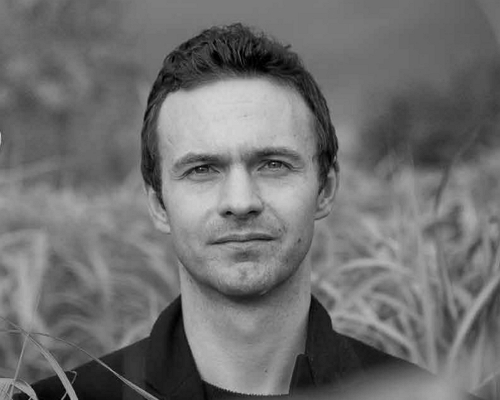
Dan Hayes
Celignis CEO And Founder
PhD (Analytical Chemistry)
<p style="text-align: left;">Dreamer and achiever. Took Celignis from a concept in a research project to being the bioeconomy's premier provider of analytical and bioprocessing expertise.</p>

Sajna KV
Bioanalysis Head
PhD
<p style="text-align: left;">Our Biomass Detective! Designs, tests, optimizes and validates robust analytical methods for our bioprocess development projects. Such bespoke analysis is key to developing an optimised bioprocess.</p>

